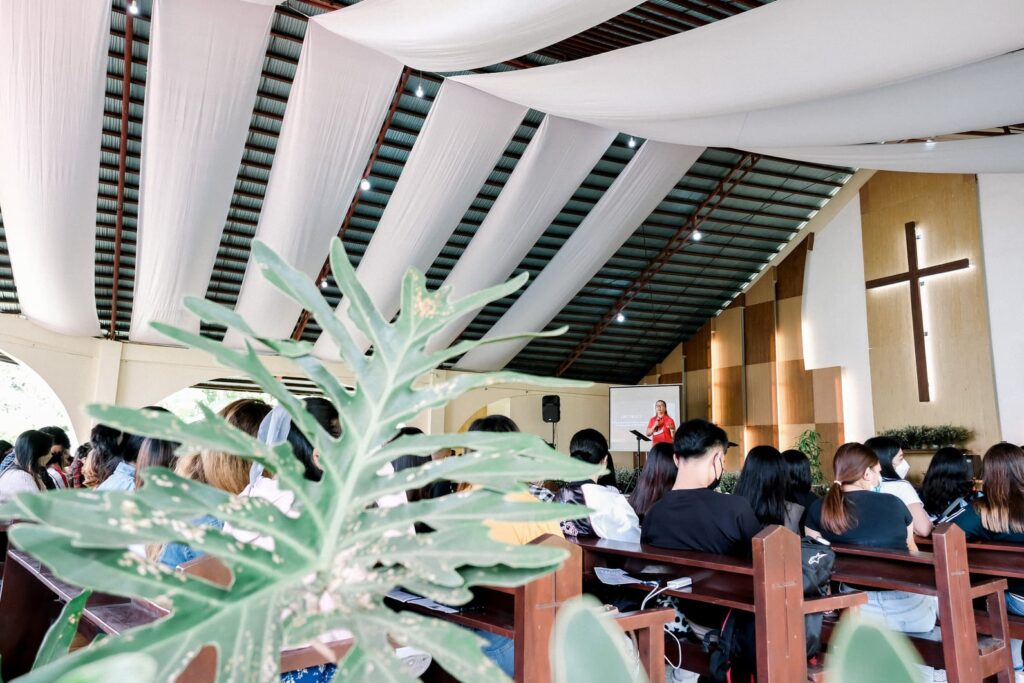
Why Reproductive Endocrinology and Infertility Care Matters for Families
Reproductive Endocrinology and Infertility is a specialized branch of women’s

Decorative ceiling tiles, with their intricate designs and historical significance, serve as a window into the rich architectural heritage of the Philippines. From humble beginnings rooted in indigenous craftsmanship to the elaborate designs influenced by centuries of colonization, these tiles hold stories of cultural exchange, resilience, and identity.
In exploring the origins of decorative ceiling tiles in the Philippines, we are transported back to a time where craftsmanship was intertwined with daily life. Indigenous Filipino architecture laid the foundation, with materials like bamboo, nipa palm, and coconut lumber forming the basis of early ceiling designs. These structures not only provided shelter but also reflected the values and beliefs of their creators.
The arrival of Spanish colonizers in the 16th century brought about a significant shift in architectural styles. European influences melded with local craftsmanship, giving rise to intricate designs in churches, government buildings, and colonial homes. Materials such as wood, stone, and clay were intricately carved and molded into ornate patterns, reflecting the blending of cultures in Filipino architecture.
Decorative ceiling tiles hold a special place in Filipino architecture and culture, serving as both functional and symbolic elements. These tiles often feature motifs inspired by nature, religion, and mythology, each design carrying its own significance. From the celestial patterns adorning church ceilings to the geometric designs found in ancestral homes, these tiles offer a glimpse into the worldview of Filipino artisans across generations.
Several architectural landmarks across the Philippines showcase the beauty and diversity of decorative ceiling tiles. The San Agustin Church in Manila, a UNESCO World Heritage Site, boasts intricate trompe-l’oeil ceiling paintings that mimic carved wooden panels. The ancestral homes of Taal, Batangas, feature elaborate wooden ceilings adorned with floral and geometric patterns, reflecting the wealth and status of their owners.
In recent years, there has been a resurgence of interest in traditional Filipino design elements. Architects and designers are rediscovering the beauty of decorative ceiling tiles and incorporating them into contemporary projects. This revival not only pays homage to the craftsmanship of the past but also highlights the importance of preserving cultural heritage in a rapidly changing world.
The history and evolution of decorative ceiling tiles in the Philippines offer a captivating narrative of cultural exchange, adaptation, and innovation. As we marvel at the intricate designs adorning centuries-old structures, we are reminded of the enduring legacy of Filipino craftsmanship. By embracing our architectural heritage and celebrating the beauty of traditional design elements, we honor the past while shaping the future of Filipino architecture.
Make a statement with your ceilings by choosing Inno + Motiff Corporation Philippines as your go-to expert for decorative ceiling tiles Philippines. With our extensive selection of designs, materials, and finishes, you can create a customized look that reflects your unique style and personality. Whether you prefer classic elegance or modern sophistication, we have the perfect solution for you. Our team of skilled professionals will work closely with you to understand your needs and preferences, ensuring that the end result exceeds your expectations. Elevate your space with Inno + Motiff Corporation Philippines and experience the difference that quality and expertise can make.

Reproductive Endocrinology and Infertility is a specialized branch of women’s

Choosing the right Camps & Retreats Event Venue is one

HVAC systems solutions play a vital role in maintaining comfort,

Every home renovation begins with a blank canvas. Before new

A fresh layer of paint can do wonders for your

Waterproofing is an essential step to protect any building structure

Building owners and managers must prioritize the safety and structural

Understanding Vertical Green Wall Systems A vertical green wall system

Waterproofing services are a critical part of protecting buildings and

Why Professional Cleaning Services Are Changing Modern Housekeeping Modern life